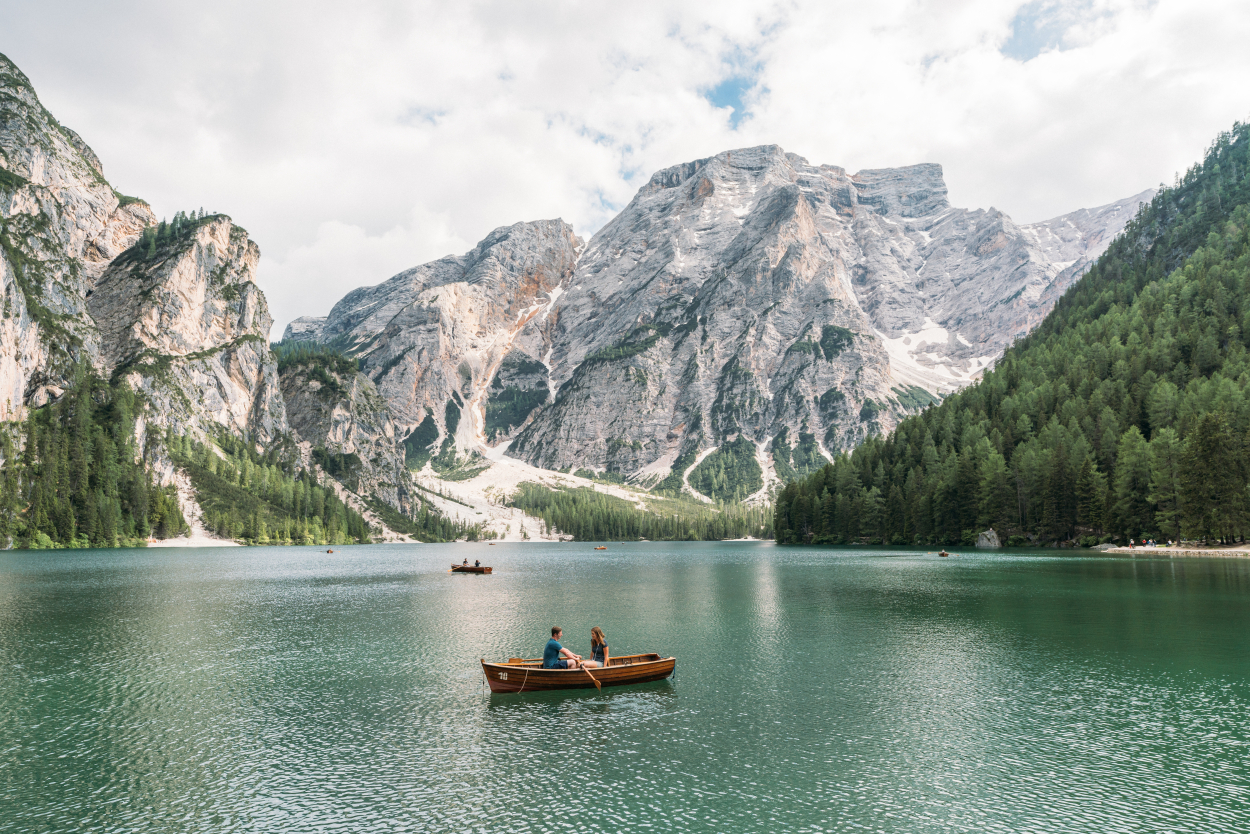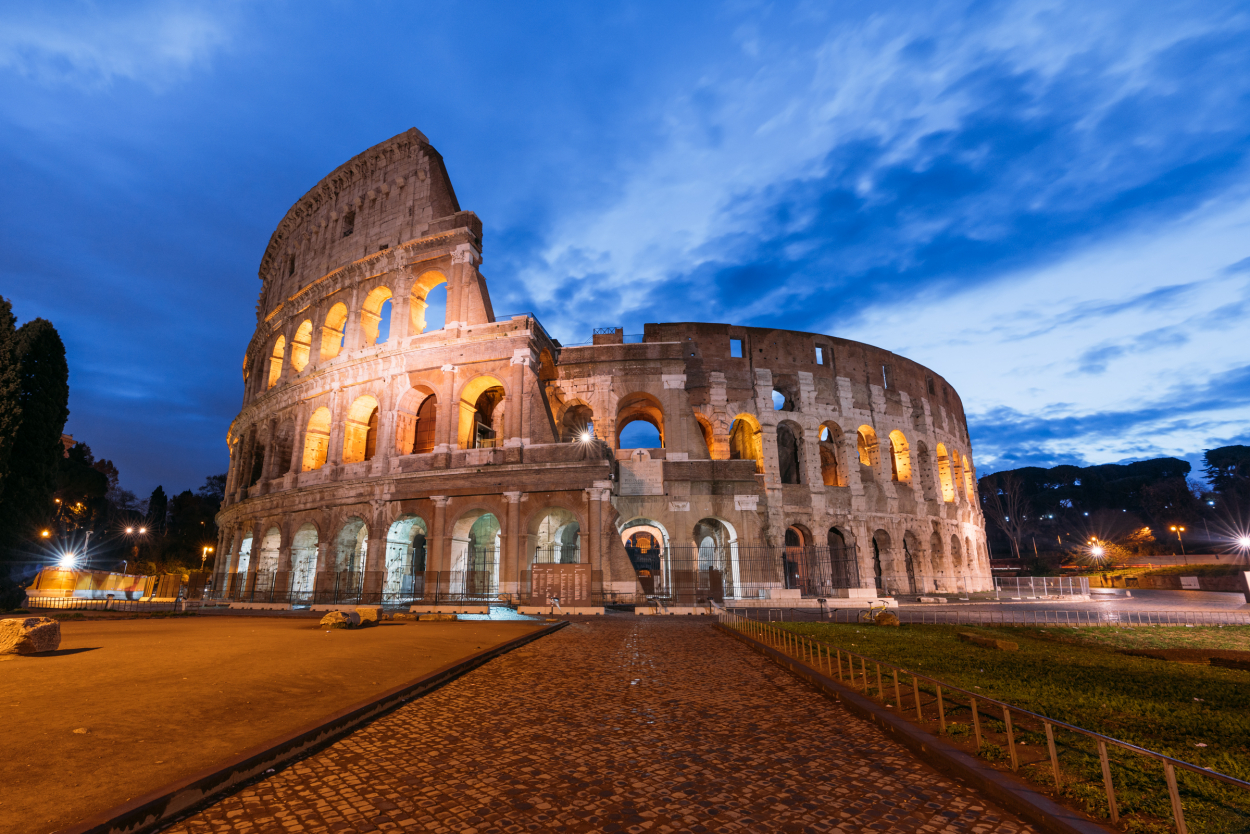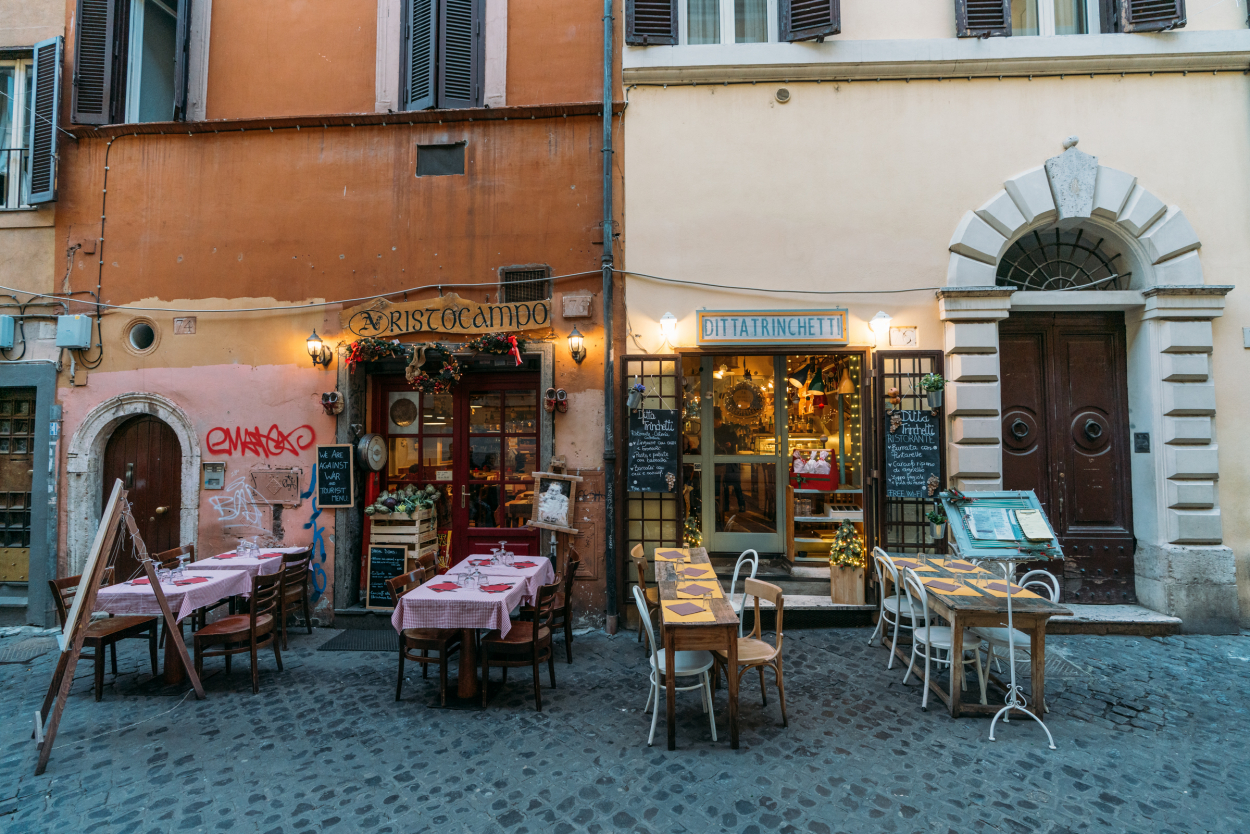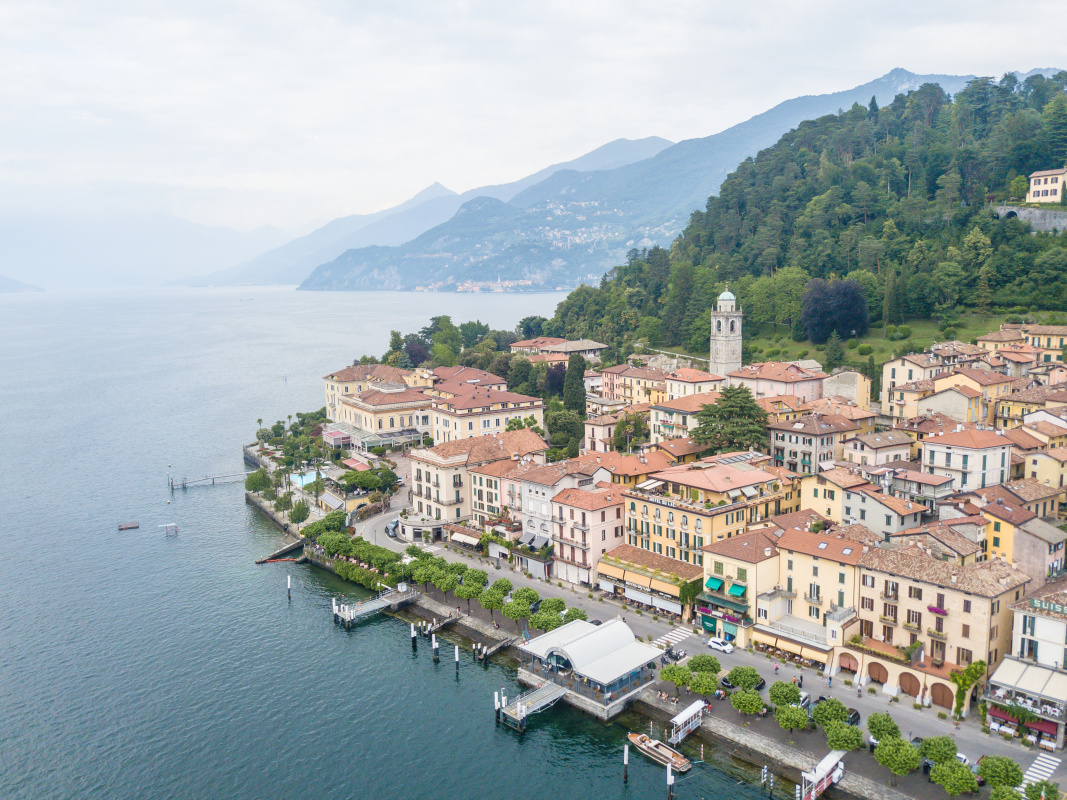Driving in Italy: Guide for Visitors
Driving in Italy worries many tourists due to narrow roads and stories about crazy drivers. The thing is, driving in Italy isn’t as crazy as people make it.
I studied in Florence and never even thought of driving a car in Italy, but then a few years later I was hired for a campaign in the Dolomites and had to get there by car. I was scared because I barely learned how to drive, it was middle of the winter, and I had to drive for hours in the mountains. And you know what? It turned out super easy!
Since then I drove a car and drove all over Italy. As I spent over a year living back in Italy I rented a car in Italy followed by France near the Italian border almost every other week from various companies. While finding a parking place was frustrating at time, it’s really never been super difficult (yes, not even in Naples). In fact, I’d argue that drivers are way crazier in certain US states where you see everyone just staring at their phones instead of the road!
Is it safe to drive in Italy as a tourist?
Italy is a safe place to drive as a tourist. Just follow the Italian road laws and understand the basics of Italian driving culture.
Do You Need to Drive in Italy?
First things first, you need to determine whether you really need a car as it depends on your itinerary – I covered it in the article on renting a car in Italy.
Alternatives to Driving in Italy
- Trains – Italy has an efficient train system between all major cities. Prices vary depending on whether it’s a local train or fast inter-city train.
- Bus – Best for local travel around cities or small towns, but there are also long-distance routes, even to other countries.
- Boat – Best way to reach Italy’s islands, including Sicily, Capri, or Elba.
- Plane – Flying can cut down on long driving times and actually even costs thanks to low-cost airlines.
- Private Driver – You can hire a private driver if your destination isn’t served by public transport, or even if it is it’s a po[pular option in some places like Amalfi Coast.

What Are Italian Roads Like?
Autostrade – Autostrade are the Italian highways/motorways that require a fee from you. Keep cash for this fee and expect to wait in line for a bit.
To pay the fee you must stop and pay. To use the telepass lane, you MUST have a telepass device so unless you’re specifically told you have one in your car don’t drive through that lane.
As you access them, you find a tall booth dispensing tickets with your point of entry (automated machine) and, when exiting you use the machine provided to pay the relevant fees. While these highways are great the fees add up, often a LOT!
Autostrade is the easiest road, very wide and smooth with multiple lanes. The speed limit on Italian autostrada is 130Km/h, with some curvy parts or town zones 60 kilometers per hour. You will see everyone driving faster, but as a foreigner, you shouldn’t do this.
Strade Statali – Italy’s national roads and non-paid wider roads. Roads falling into this category come in all widths.
The speed limit on national roads is 90Km/h unless there’s a turn, then the speed limit goes down for a bit.
Strade privinciali – Italy’s local roads both bigger and smaller. 50Km/h-70Km/h is the usual speed limit depending on the state of the road.
Driving in Italy: Basics
In Italy you drive on the right side of the road.
As much as we want to believe that Google Maps, in Italy it can be a hit or miss. I always say pay attention to road signs as well – quite often Google Maps in Italy will lead you through ZTL zone which can result in a fine (read more on ZTL further down).
Don’t get scared if someone driving on the other side of the road flashes their lights. They’re being nice and informing you that there’s a police waiting controling everyone’s speed.
The rule of staying in the right lane doesn’t truly apply and many drivers hang in both lanes. They might even tailgate, but don’t get frustrated as it’s pretty common.
Gas stations in Italy have both self-serve (fai da te) and serviced (servito) pumps, but it’s often cheaper to fill your own tank.

Driving in Italy with Kids
I covered all major rules regarding car seats in Italy in my post on renting a car, but generally speaking Italy isn’t any different from most countries.
You obviously always need to have a car seat for babies and younger children.
Get familiar with Autogrill. Autogrill is an Italian gas station, but offering food, toys, maps, souvenirs, and almost anything you can imagine. Some might even have little playgrounds for kids.
Italian Driving Laws
Road signs are different from the US ones. Familiarize yourself with them a little bit.
Speaking of road signs, directions on a highway will be marked with names of cities vs north, south, west, east. For example, if you’re in Milan and trying to get to Verona you’ll be looking for signs to Venice. If you’re heading down south you’ll be looking for directions toward any southern cities. Familiarize yourself with a map of Italy and major cities before your trip.
It is illegal to turn right on a red light. It’s illegal across all Europe unless a sign or signal specifically authorizes it (most common in Germany).
It’s illegal to text while driving or to hold your phone and use it while driving. Yes, that’s different to the US when many people hold their phones and it’s not illegal in some states.
Seatbelts are required in front and back seats in Italy if the vehicle has them.
You must drive with your headlights on when outside of urban areas.
Europe loves roundabouts. They’re as common as one would say stop signs in the US. Traffic continually flows in a circle around a center island. Don’t be scared of them, but signal when you want to exit it.
The legal limit for drunk driving in Italy is 0.05%. This is lower than in most US states and equals to about 1 glass of wine.
And most importantly…

ZTL Zone
Do not drive in an area with a sign that says Zona Traffico Limitato (ZTL) or Area Pedonale, limited traffic, or pedestrian zones.
The ZTL is a limited traffic area. If you don’t have special permission from your hotel, you can’t enter and it also applies to temporary residents (I used to live in ZTL actually).
When it’s open (green light), anyone is free to enter, but many just list opening hours on the sign.
There is most likely a camera that takes a photo of your license plate and you may get a fine in the mail or through your rental company even if you don’t get stopped. A fine will be waiting for you on your arrival home (often months later!)
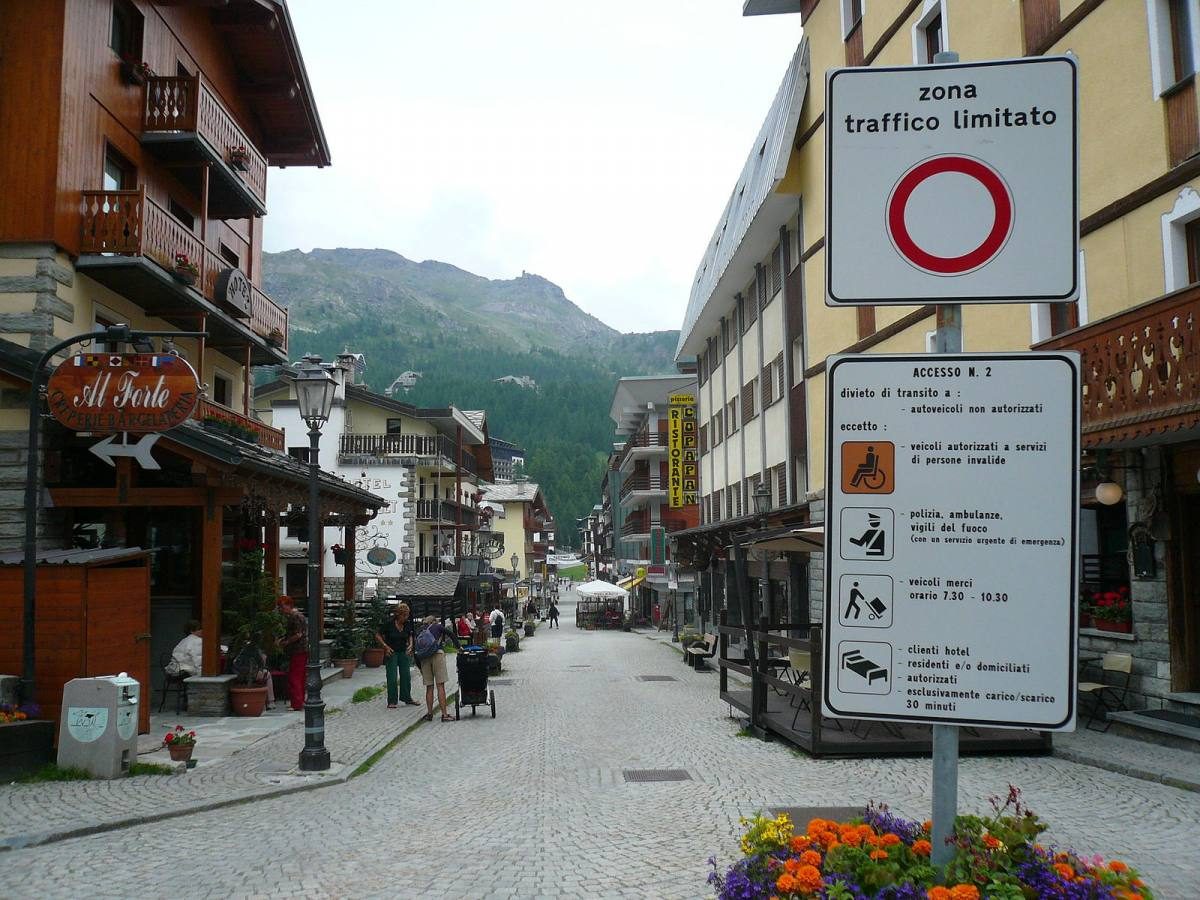
Parking in Italy
Parking in large cities is very hard and often impossible to find. White parking spots are free, blue parking spots are paid, and yellow spots are for disabled parking or residents.
You can pay for the blue spots using the blue machine. All you need to do is enter your license plate, pay an adequate amount and place the receipt on your dashboard.
Fold in your mirrors when you parallel park. People might bump you in narrow streets.
Don’t leave valuables in your car, including the trunk. Theft from rental cars is a chronic problem in southern Italy, especially Sicily. You’re safer parking your car with an attendant than on the side of the street.




